This theory has proved to be a valuable tool in antenna engineering. The complex current distribution of an arbitrarily shaped antenna is decomposed into a set of orthogonal modes. These characteristic modes consist of real surface current densities (characteristic currents) and their corresponding electromagnetic fields (characteristic fields), which are oftentimes much easier to understand than the total current distribution. This allows the antenna engineer to gain deeper insight into the radiation mechanisms of the antenna without placing any driving ports and enables him/her to manipulate the antenna structure and place excitations in order to obtain desired radiation properties.
-
Overview
The n-th characteristic mode of an antenna is described by an eigenvalue \(\lambda_{n}\)and an eigenvector or eigencurrent \(I_{n}\). They are obtained by solving the following generalized eigenvalue equation: \[ {\bf{X}{\bf{I}}_n} = {\lambda_n}{\bf{R}{\bf{I}}_n} \]
This equation contains the real part \(R\) and the imaginary part \(X\) of a complex impedance matrix \(Z\). Typically, the Method of Moments (MoM) is used to obtain the impedance matrix of the antenna structure.
By examining the eigenvalues and characteristic currents, the antenna engineer can decide which modes are suitable for his/her application. An eigenvalue close to zero generally means that the mode offers good radiation performance. Inspecting the characteristic currents yields information on how to excite a desired mode or how to manipulate it, e.g. to shift its resonant frequency.
If an antenna is driven by a port, the total surface current \(I\) of the antenna structure is a weighted linear superposition of its characteristic currents: \[ {\bf{I}} = \sum\limits_n {{\alpha _n}{{\bf{I}}_n} = \sum\limits_n {\frac{{{\bf{I}}_n^H \cdot {\bf{V}}}}{{1 + j{\lambda_n}}}} } {{\bf{I}}_n} \]
The coefficient \( \alpha_n \) is called modal weighting coefficient and describes the contribution of the n-th mode to the total current density. It depends on the eigenvalue \( \lambda_n \) and the modal excitation coefficient, which is the scalar product of the characteristic current \( I_n \) and the MoM-excitation-vector \( V \). This allows the antenna engineer to assess how well a desired mode is excited by the port.
It is now obvious that the Theory of Characteristic Modes has several interesting features which can be leveraged by engineers for present-day and future antenna applications. As described above, it can be used to analyse a given antenna structure and determine how to manipulate it or where to place feed ports in order to achieve a desired performance. Based on this, it is even possible to excite several modes together for multiband operation. Another approach is to selectively excite different modes in order to obtain a multi-port antenna for MIMO applications.
-
Characteristic Mode Computation
Although the Theory of Characteristic Modes was derived by Garbacz and Harrington in the early 1970s, research interest in the topic really started only during the last twenty years. While the basic theory is understood quite well, there are still several issues regarding the characteristic mode computation, like the so-called eigenvalue tracking, that need to be addressed. On top of that, there is a lack of reliable commercial software tools for mode computation. That is why there is still need for basic research in the field of characteristic mode computation.
As, a few years ago, there were no suitable software tools available for the characteristic mode computation, an in-house tool called CMC (Characteristic Mode Computation) was developed in MATLAB for the simulation of small antennas consisting of perfectly electrically conducting bodies. Over the years, this tool has evolved into a full characteristic mode computation tool including a graphical user interface with CAD capabilities and capable of calculating the characteristic modes of perfect electric conductors and dielectric bodies.
In addition to the basic research in the field of characteristic mode computation, there are several advanced techniques regarding the computation and manipulation of characteristic modes investigated and utilized at the Institute of Microwave and Wireless Systems. The most important of these techniques is the eigenvalue tracking which is necessary if the characteristic modes are evaluated at different frequencies. Another useful technique is the source reconstruction which enables the antenna engineer to reconstruct the characteristic modes of an antenna based on its total radiated far field. If the manipulation of characteristic modes is focused, reactive loading may be a promising alternative to changing the antenna’s geometry.
-
Characteristic Mode Based Antenna Design
As already mentioned above, the Theory of Characteristic Modes has several attractive features for antenna design. It is particularly insightful when multiband or MIMO antennas are to be designed. The Institute of Microwave and Wireless Systems uses the Theory of Characteristic Modes for a wide range of applications like mobile communications and automotive antennas.
If during the design process a set of suitable modes has been identified for a given application, the question remains how to excite these modes. There are various ways of effectively exciting characteristic modes. The actual implementation depends on the application, i.e. if several modes are to be excited simultaneously (for multiband operation) or if modes are to be excited independent of each other (for MIMO operation).
Modern smart phones have to operate in a wide range of different frequency bands. Additionally, in some of these bands multi-antenna operation is desired. The antennas needed have to be accommodated in the confined space of current smart phone designs. A promising approach is to use the smart phone chassis as the actual antenna. The Theory of Characteristic Modes provides the means to analyze the chassis and identify appropriate modes. By utilizing capacitive and inductive coupling elements, a multi-band and/or multi-port antenna system can be implemented.
Due to the orthogonality of their far field patterns, characteristic modes are most appropriate for MIMO antenna design. By exciting different sets of characteristic modes with different antenna ports, a MIMO antenna can be realized on a single antenna element. It has been recently shown that symmetric antenna geometries are particularly suitable for this task.
-
Multi-Mode Massive MIMO
The priority program SPP1655 of the German Research Foundation (DFG) aims at achieving ultra-high-speed wireless communications with peak data rates of 100 Gbit/s and beyond. The project M4 (Multi-Mode Massive MIMO) within this priority program tackles this goal at frequencies below 10 GHz, where propagation conditions are advantageous and hardware components are more mature, compared to millimeter-wave frequencies. In order to have a sufficient bandwidth available, the ultra-wide frequency range from 6.0 GHz to 8.5 GHz is chosen, where the spectral mask is most relaxed in Europe (-41.3 dBm/MHz EIRP). Hence, a spectral efficiency of at least 40 bit/s/Hz must be achieved. For this reason, the approach is combined with the concept of massive MIMO. This combined approach requires small antenna elements in the massive MIMO base station array as well as advanced baseband processing. In order to achieve these goals, interdisciplinary research is conducted in the fields of antenna design (Institute of Microwave and Wireless Systems) and baseband processing (Chair of Information and Coding Theory, University of Kiel).
In order to realize a compact antenna array at the base station, multimode antennas are employed as array elements (hence the name of the project). Multimode antennas designed by means of the Theory of Characteristic Modes (see above) have several decoupled antenna ports. This offers a new dimension for the array design. In addition to the spatial dimension as in conventional array design, additional antenna ports are realized by employing multimode antennas. This way, the space occupied by the array is used more efficiently.
Corresponding Lectures
Responsible Research Assistants
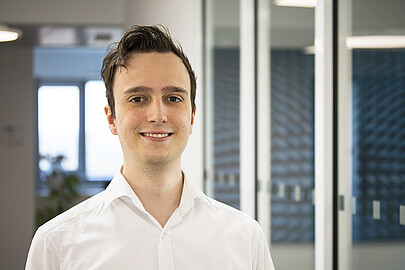
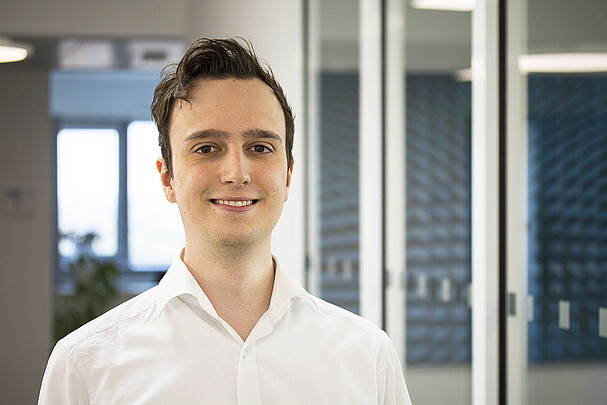
30167 Hannover


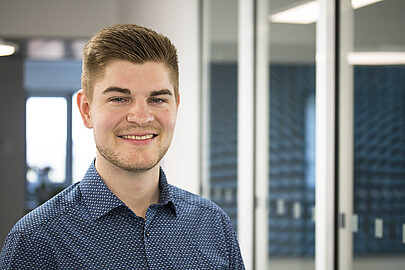
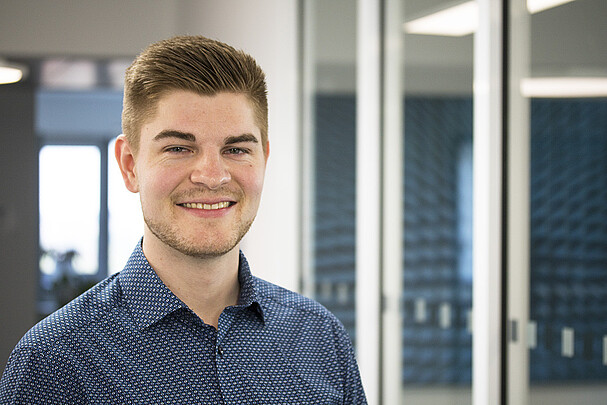
30167 Hannover


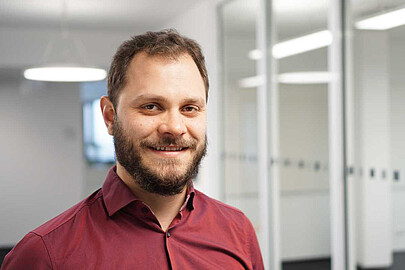
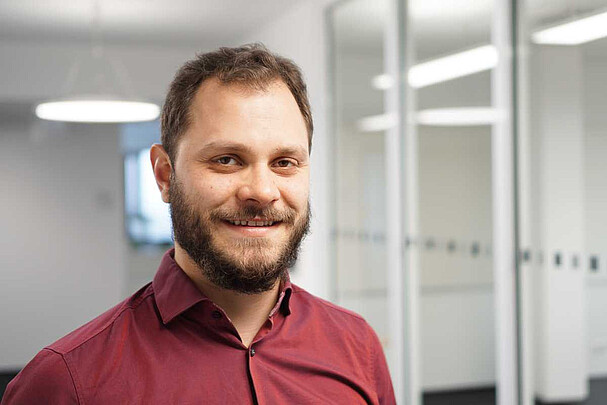
30167 Hannover


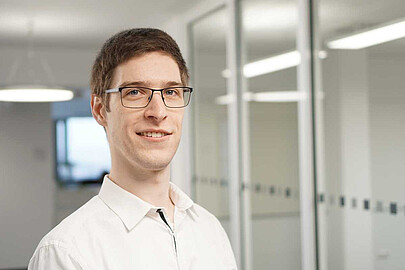
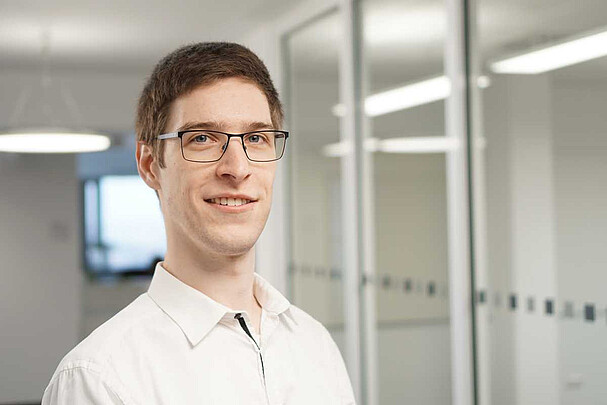
30167 Hannover


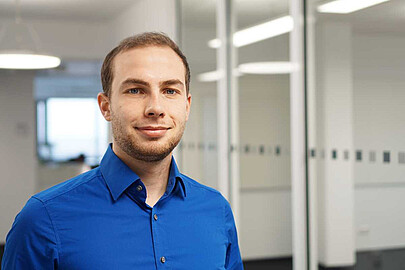
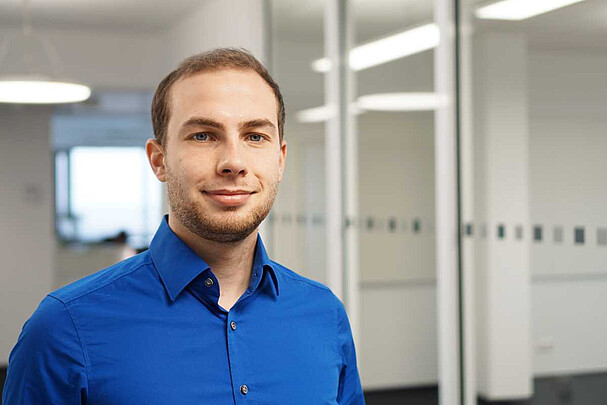
30167 Hannover


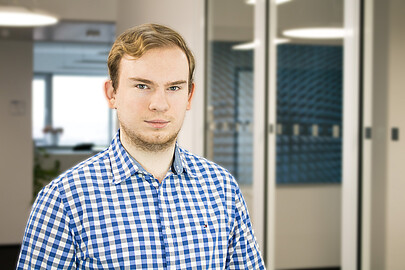
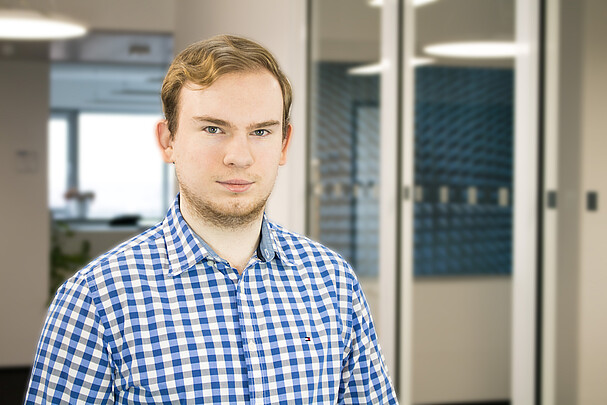
30167 Hannover


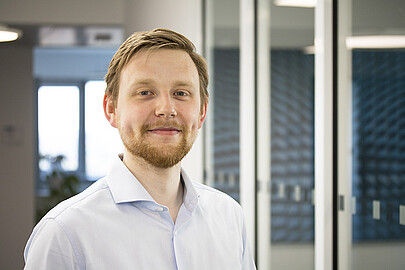
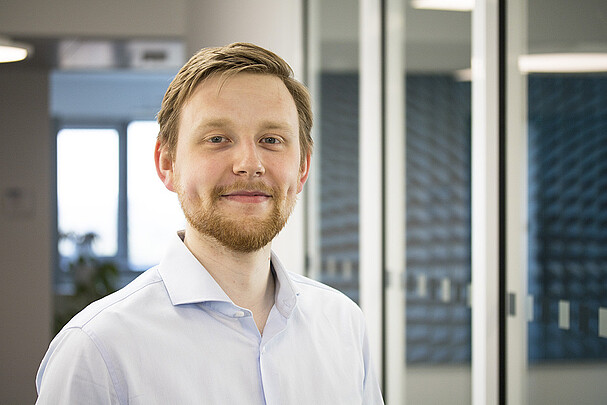
30167 Hannover











